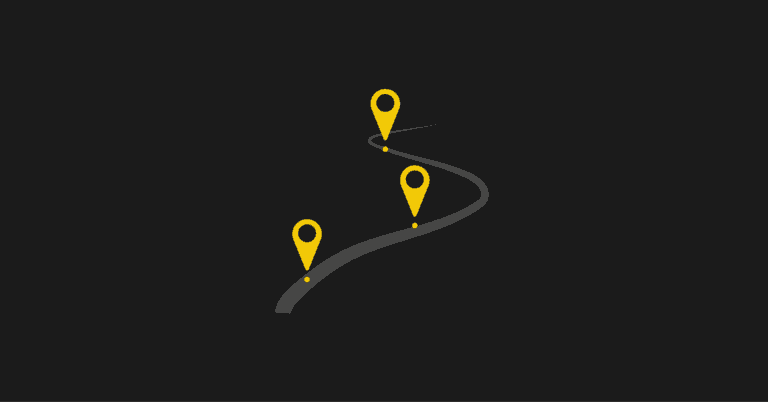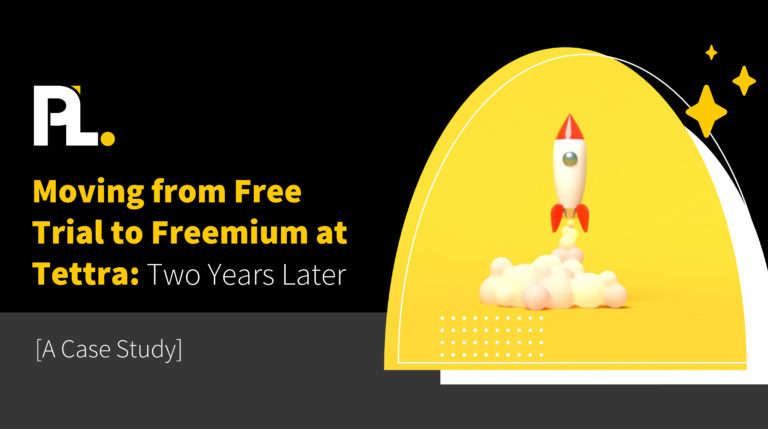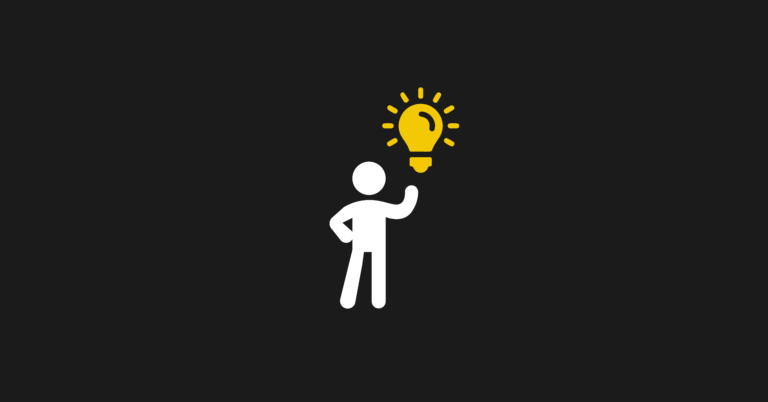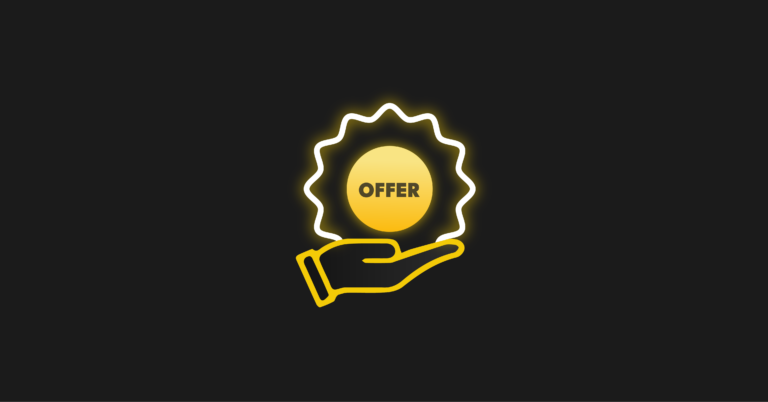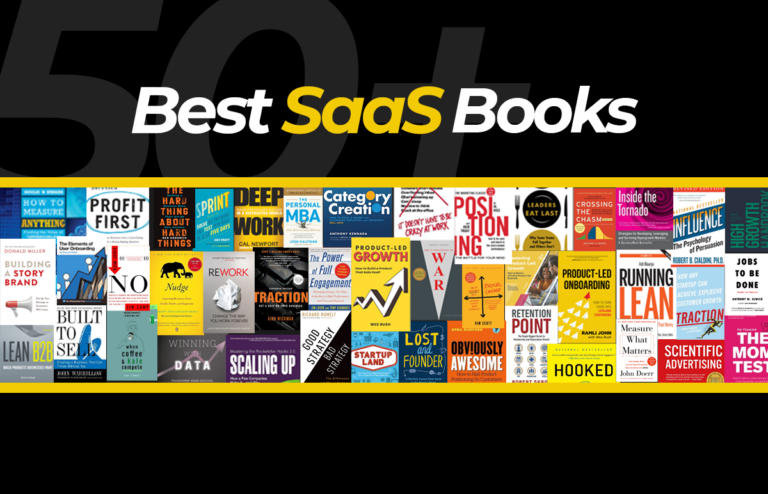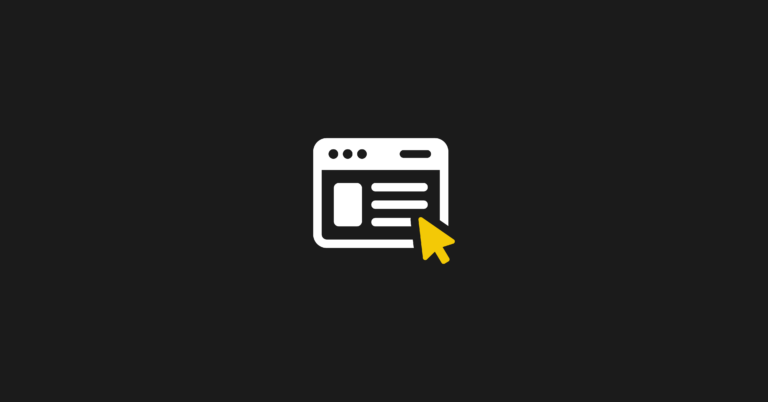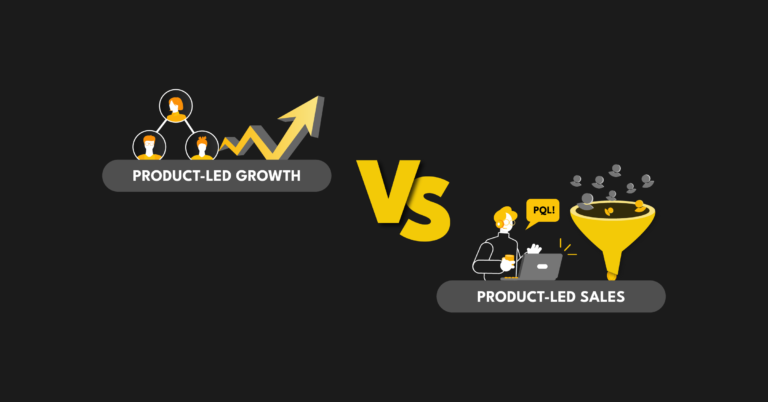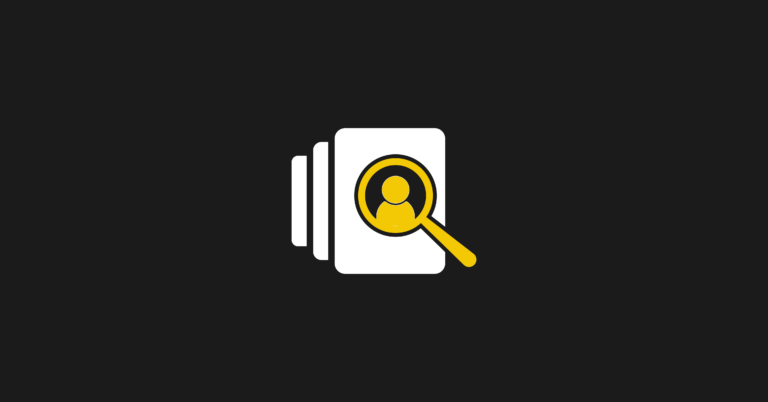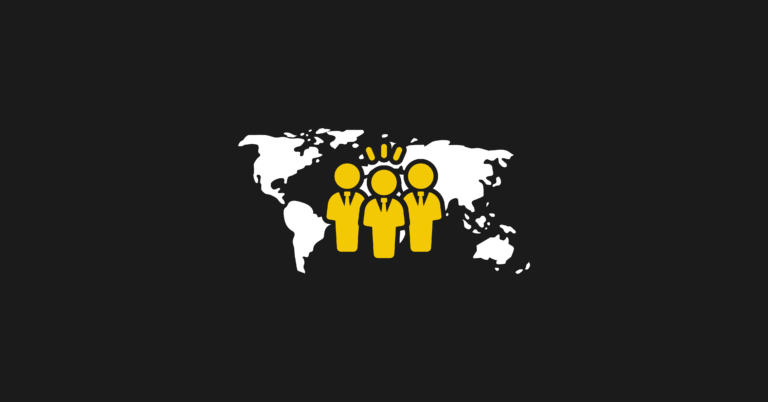Top-down selling is an approach in the sales process where the salesperson builds relationships and closes deals with high-level decision-makers, such as CEOs and founders. It involves starting the sales process from the top of the organization and working downward.
This approach is beneficial in a product-led growth (PLG) model as it allows for faster decision-making and maximizes profits by targeting key decision-makers.
Unlike bottom-up selling, which is more prevalent in the consumer market, top-down selling involves longer sales cycles and requires a deeper understanding of the product.
Benefits of Top-Down Selling in Product-Led Growth
While top-down selling may require more time and effort than bottom-up selling, the potential rewards can be substantial.
High-Value Deals
One of the key benefits of top-down selling in PLG is the potential for high-value deals. By targeting executives and decision-makers, you can secure larger contracts and generate significant revenue for your business. These deals often involve implementing your product at an enterprise level, which can result in long-term, sustainable growth.
Strong Stakeholder Relationships
Another advantage of top-down selling is establishing solid relationships with key stakeholders. You can gain their trust and build credibility for your product by engaging with executives early in the sales process. This can lead to increased adoption and advocacy within the organization, as executives are more likely to champion your product to their teams.
Strategic Selling Approach
Additionally, top-down selling allows for a more strategic and tailored approach to selling. By understanding executives' specific needs and pain points, you can position your product as a solution that addresses their business challenges. This personalized approach can help differentiate your offering and increase the likelihood of closing deals.
Challenges of Top-Down Selling in Product-Led Growth
Top-down selling, targeting key decision-makers and executives, can present unique challenges in a PLG strategy.
Here are four key challenges to consider:
1. Longer Sales Cycles
Unlike bottom-up selling strategies, where adopting products can be quick, top-down selling often involves longer sales cycles. Closing a sale and gaining decision-makers buy-in may take months or even years, thus slowing revenue generation and hindering growth.
2. Complex Decision-Making Processes
In a top-down selling approach, stakeholders often make decisions, leading to complex decision-making processes. Aligning the interests and priorities of multiple decision-makers can be time-consuming and challenging.
3. Resistance to Change
SaaS founders and key decision-makers may resist change, especially if they have been using existing solutions or processes for a long time. Convincing them to adopt a new product-led approach may require overcoming skepticism and addressing concerns about disruption and implementation.
4. Limited Visibility Into End-User Needs
With top-down selling, there is a risk of losing touch with the actual needs and preferences of end-users. Decision makers may need more direct interaction with the product or fully understand its value proposition. This can result in a misalignment between the product and the end-user's needs, leading to lower adoption rates and customer satisfaction.
Top-Down vs. Bottom-Up Sales
Regarding selling strategies, there are two main approaches: top-down and bottom-up.
Each strategy has its pros and cons, and the choice between the two depends on your go-to-market strategy and the nature of your business.
Here's a comparison chart of top-down and bottom-up selling.
| Strategy | Top-Down Selling | Bottom-Up Selling |
| Focus: | Sales team targets high-level decision-makers | Targets individual users or teams within an organization |
| Approach: | Build relationships with key stakeholders | Allows customers to discover product value on their own |
| Deal Size: | Larger enterprise-level deals | Smaller initial deals, potential for viral growth |
| Decision Speed: | Faster decision-making, larger deal sizes | Faster adoption, driven by user satisfaction |
| Model Association: | Often for complex, longer sales cycles | Common in self-service or freemium models |
| Challenges: | Accessing high-level decision-makers, navigating complex structures | Scaling the approach, converting users to paying customers |
Choosing the Right Strategy
When deciding between top-down and bottom-up selling, you must consider your go-to-market strategy and the nature of your product or service. If you have a product-led go-to-market plan and a product that individual users can easily adopt, bottom-up selling may be the way to go.
On the other hand, if you're selling high-ticket items or targeting enterprise customers, top-down selling may be more effective.
To learn more about PLG and how it can transform your business, check out the Product-Led Growth book by Wes Bush. Chapter 4 dives into the differences between top-down and bottom-up selling strategies and can help you determine which approach is best for your business.
Example of Top-Down Selling
Userflow, a no-code builder for in-app onboarding and surveys, primarily follows a PLG model where individual users can sign up for a 14-day free trial or choose a paid subscription based on their needs.
Users can start using the software independently without interacting with a sales team.
However, when it comes to larger enterprise customers, Userflow also incorporates a top-down selling approach:
- High-Level Engagement: Userflow sales representatives engage with high-level decision-makers within enterprise organizations.
- Customized Solutions: The sales team works closely with these decision-makers to understand the organization's specific needs and tailors Userflow Enterprise solutions accordingly.
- Negotiating Enterprise Contracts: The sales team negotiates enterprise-level contracts, which include custom pricing, security features, and advanced administrative controls.
Combining Top-Down Selling and Product-Led Growth
Top-down selling can complement the buyer's goal of increasing self-serve revenue and leveraging product-led growth.
By leveraging the solution's feature of identifying ideal users, top-down selling can align with the buyer's goal and support the overall growth strategy.
Effective top-down selling techniques can also optimize customer onboarding processes, resulting in a smoother transition for new customers and increased solution adoption.
Leveraging Product-Led Growth to Identify Ideal Users
To leverage PLG in identifying ideal users, you can utilize the solution's feature that helps you identify your ideal users' specific characteristics and behaviors. This aligns with the buyer's goal of targeting the right audience and maximizing their return on investment.
By understanding your ideal users, you can tailor your top-down selling efforts to focus on the key decision-makers within those target organizations. Doing so allows you to effectively communicate the value of your solution and address their specific pain points, increasing the chances of closing deals and maximizing profits.
You can streamline your top-down selling efforts by leveraging PLG to identify ideal users.
The solution's feature enables you to analyze user data and identify patterns and trends that indicate which users are most likely to convert into paying customers. This allows you to prioritize your sales efforts and allocate resources effectively, focusing on the users most likely to generate the highest returns. By targeting these ideal users, you can tailor your sales pitch to their specific needs and pain points, increasing the likelihood of closing deals and maximizing profits.
Furthermore, by leveraging PLG to identify ideal users, you can enhance your top-down selling efforts by personalizing your approach. With a clear understanding of your ideal users' characteristics and behaviors, you can tailor your messaging and value proposition to resonate with their needs and pain points. This personalized approach increases the effectiveness of your top-down selling efforts and builds trust and credibility with your potential buyers.
By demonstrating that you understand their unique challenges and can provide a solution that addresses them, you increase the chances of closing deals and maximizing profits.
Optimizing Customer Onboarding Processes Through Top-Down Selling
You can leverage effective top-down selling techniques to optimize your customer onboarding processes. By utilizing top-down selling, you can ensure key decision-makers are involved from the beginning, leading to a smoother onboarding experience.
Here's how:
- Firstly, you can gain their buy-in and support for your product or service by targeting top-level executives and decision-makers. This enables a more streamlined onboarding process as these individuals can align their teams and resources to support the implementation.
- Secondly, top-down selling lets you understand the organization's strategic goals and pain points. By addressing these concerns early on, you can tailor your onboarding process to meet their specific needs, increasing the chances of success.
- Lastly, top-down selling enables you to establish strong relationships with key stakeholders. By building trust and rapport, you can navigate potential roadblocks and challenges more effectively, ensuring a smoother onboarding process for your customers.
Recap of Top-Down Selling
Mastering top-down selling is crucial for closing deals and maximizing profits.
By building relationships with CEOs and founders, leveraging the buyer's pain points, demonstrating value and ROI, overcoming objections, conducting thorough research, customizing the sales pitch, and collaborating with other teams, salespeople can effectively engage with high-level decision-makers and secure more significant deals.
While top-down selling presents challenges, the benefits of faster decision-making, higher deal values, and long-term relationships make it a valuable approach in the sales process.
Continue to expand your product-led knowledge and drive the growth of your SaaS company by leveraging the valuable insights from Wes Bush's bestselling book, “Product-Led Growth: How to Build a Product That Sells Itself.”
Alternatively, if you’d like to work with a coach to implement these components into your business, check out ProductLed Academy.
It’s our intensive coaching program where we’ll help you build a strong foundation for product-led growth so that you can scale faster and with more control.
What’s unique about this program is we’ll work with you and your team to implement the proven ProductLed Method so that you can scale faster with less stress.
We’ll go through everything we went through today with your team to ensure everyone is working on building out solutions that will have an outsized impact.


